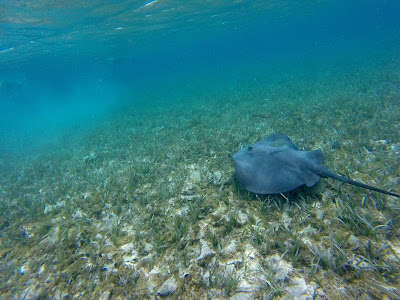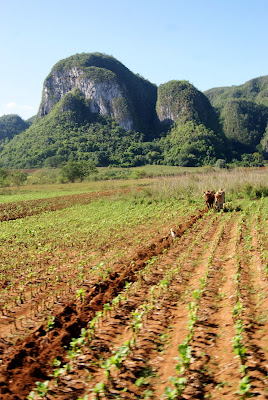So we all know that I am never going to be a professional
scuba diver (is that a thing?). But I have come to really enjoy snorkeling,
even though it took a couple of tries before I got comfortable with it. I might
not be able to swim, but I sure can bob around in a life jacket and flipper my
way along among fish and coral.
And what better place to snorkel than at the Mesoamerican
Barrier Reef, the world’s second largest reef system?As our last unvisited Central American country, Belize made
the perfect jumping off point for a nice day of snorkeling.
We bobbed along with the tropical fish as they darted in and
out of coral structures of endless color, shapes, and variety. Some wore
outlandish, flamboyant colors; others sparkled in massive shifting schools.
Sea turtles cruised along silently, grazing on sea grass
here and there. Massive rays hovered along the sandy sea bottom. Nurse sharks
cut through water, searching for food, chased by our sinewy, sun-darkened
guide, who was seemingly half-fish himself.
Snorkeling, while common, still fills me with awe. It is a
glimpse into a world wholly separate from our own, a universe unto itself.
Thank goodness I overcame my fear, at least enough to allow me to observe this
place from just below the surface.























